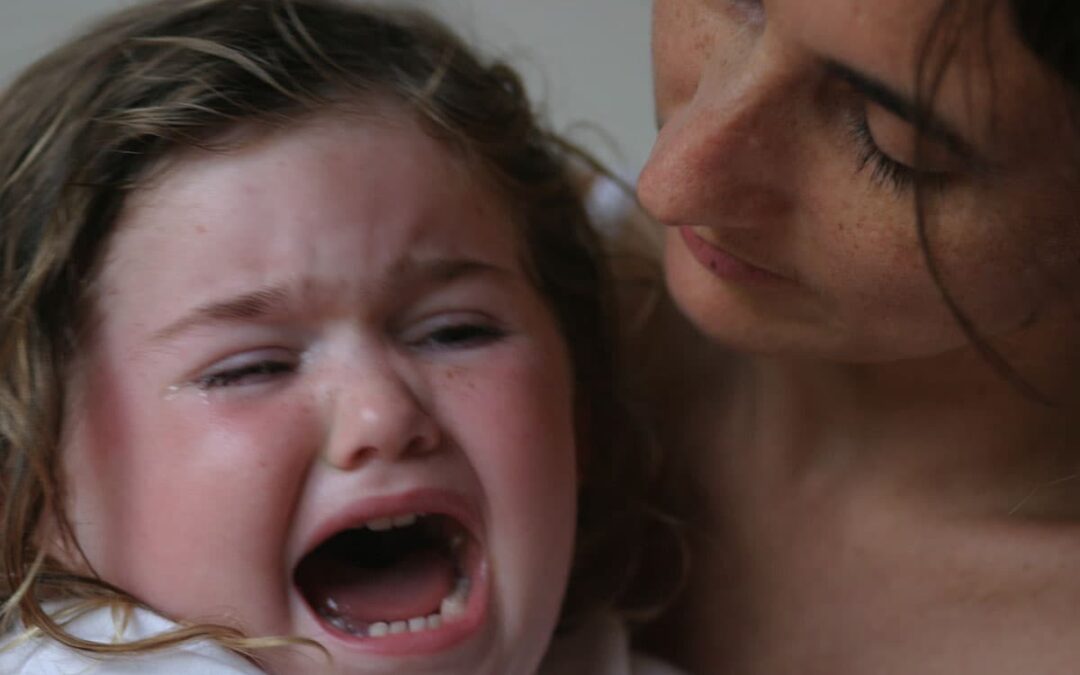The stigma attached to being a single parent is rising anew. Many media commentators blame America’s up-trend in violence and other social problems on family breakdown: on single parents. This stigma is based on myths and stereotypes that have been promoted by half-truths and often prejudiced viewpoints.
These myths can be confronted successfully and new strength can be found in the truth. As with so many aspects of single parenting, we rise to the challenge and become better people because of it. The myths are sometimes subtle and subconscious, but the more we examine them, the more clearly we take responsibility for our lives and the lives of our children.
Myth : Predominance of the traditional nuclear family.
Our cultural mythology has it that single parents are an aberration, not the norm. Single parents often feel isolated, alone, and different.
In the past twenty-five years, the number of single parent families has more than doubled. According to U.S. Census Bureau estimates, 59% of United States children will live in a single parent home at least once during their minor years. That is a majority.
Over 16 million children currently live in single parent homes. More and more of these families can be defined as “binuclear” families, with both parents actively involved in parenting and creating two separate homes for their children. Divorce and remarriage, rather than the exception or aberration, are more and more common in families today.
Myth : Children in single-parent families always have deficits, do poorly in school, and suffer emotionally and behaviorally.
Limited data fueled Dan Quayle’s attack on Murphy Brown, mainly sourced from sociologist Barbara Whitehead. Her negative conclusions about the outcomes of children from single-parent families selectively ignored all the data that contradicted her position, according to several other researchers. (Richards and Smiege, 1993.)
The oft-quoted ten-year study of Judith S. Wallerstein used tainted search subjects “… drawn largely from children in treatment for psychological disorders or from the wards of the criminal justice system.” (Olsen and Haynes, 1993.) No wonder the outcomes were dismal ten years later.
Of course, statistical studies are never appropriate to predict outcomes:Â single parent children are not doomed or reprieved from doom. Somehow we have this mythology, of their inherent disadvantage. This disadvantage does not exist.
Myth : Single parent families are “broken homes.”
In the television series, “Grace Under Fire,” a recent episode showed Grace, a single mom, protesting hotly, “My home is not a broken home. When I got a divorce, I fixed it!”Many single parents who divorced or didn’t marry made the healthiest choice in creating a peaceful and stable home for their family. Many well-researched studies document positive outcomes in single parent families. “Single parenting develops the parent’s independence and ability to handle a variety of situations.” (Shaw, 1991.) “Children benefit from increased levels of responsibility.” (Amata, 1987) “Parental and child health outcomes were related to larger networks of social support and good communication within the single parent family.” (Hanson, 1986.) A study by University of Michigan of over 6,000 adults had surprisingly positive conclusions for children of divorce.
Statistically it turned out that adult children of divorce were just as likely (43%) to be happily married as someone who grew up in a two-parent home. Perhaps confronting the reality of the fragility of marriage the adult children of divorce were more than twice as likely to be worried about the health of their marriage.
Myth: Children from single parent families have lower self-esteem.
A carefully controlled study (Nelson, 1993) found income level to be the deciding factor related to children’s self -esteem. Because single parent families aree often also a low income household, children’s self-esteem is likely to lower, just as in low income two-parent homes.
Parents need to be especially careful to emphasize to their children that who you are is not based on what you have. Modeling this unconditional self-esteem through self-respect and self-nurturance is the best way our children can absorb the self-esteem skills necessary to be resilient and successful citizens of the 21st century.
Myth : We should strive to be entirely self-sufficient.
The western myth of self-sufficiency has perpetuated much needless shame and guilt among the emotionally and financially challenged, single parents among them. Being able to give and receive are both necessary skills to bring the wider resources of the world to our families.
We live in an interdependent world. Being responsible for ourselves means getting healthy support and even professional help when we need it. We cannot depend on our children for social and psychological support; it is their place to receive our support.A support group of other single parents can serve your needs for emotional support, a social outlet, childcare, and fun. Volunteering as a family within the community can also create deep satisfaction.
Being aware of the balance between nurturing and being nurtured, independence and support creates for ourselves the middle ground where family takes place. Through this each family member is nurtured towards increasing maturity and independence.
By confronting the truth of our situation, assessing the true risks and opportunities, single parents can go beyond the cultural mythologies and reap great rewards. Being proactive with the truth wherever we find the myths surfacing will help transform the negativity out there to optimism about the future.
Loanda Cullen is a psychotherapist in Colorado. She leads workshops for single parents; teaches parenting classes; and single parents her fifteen year old son, Sean.
This article was reprinted with permission from Single Parenting in the Nineties. Copyright 1995 by Pilot Publishing. All rights reserved.

